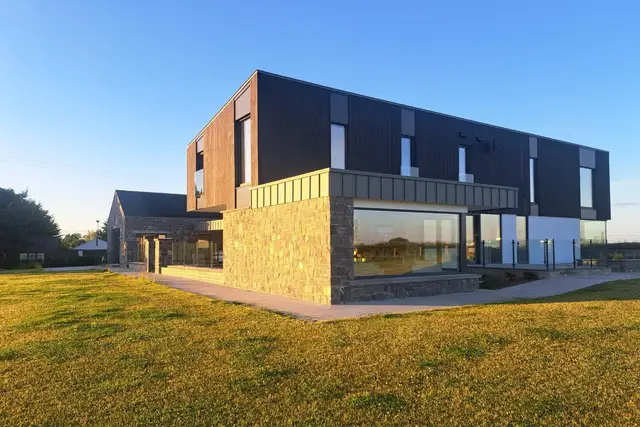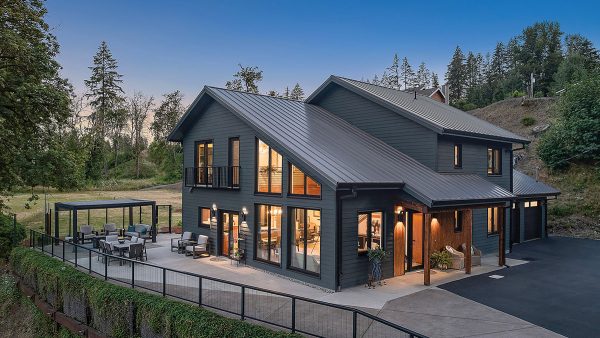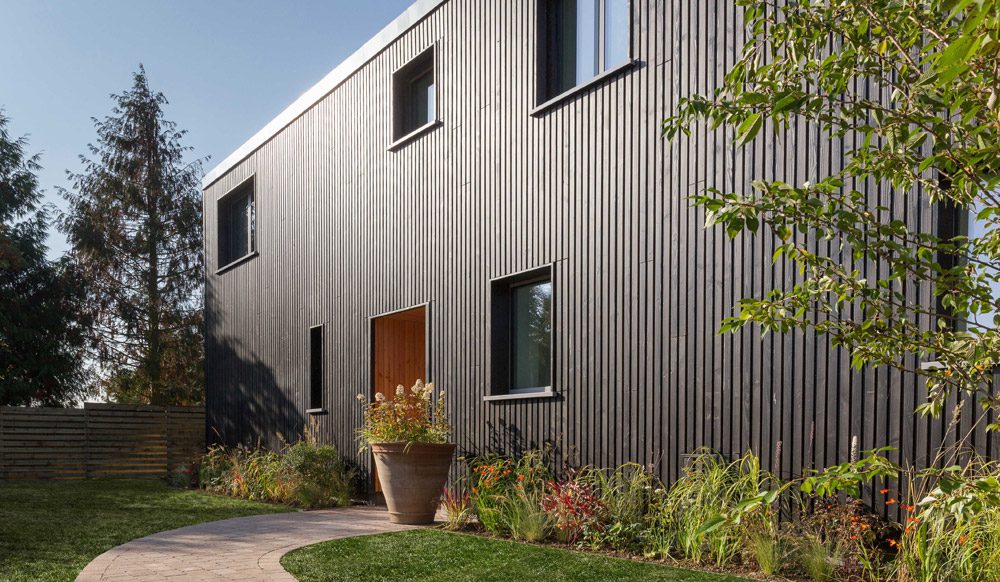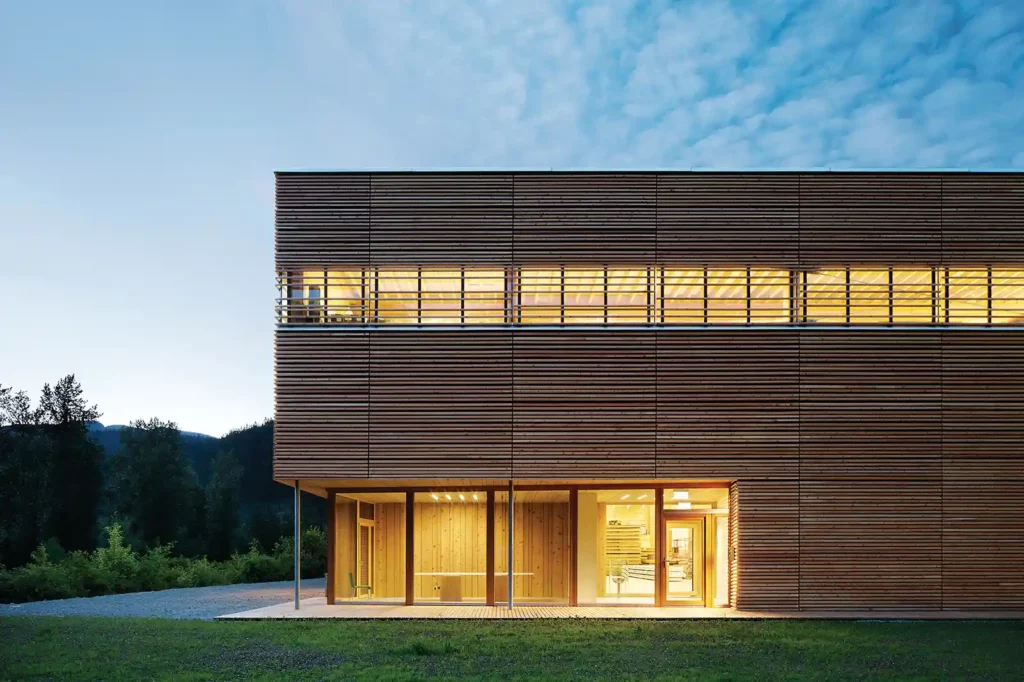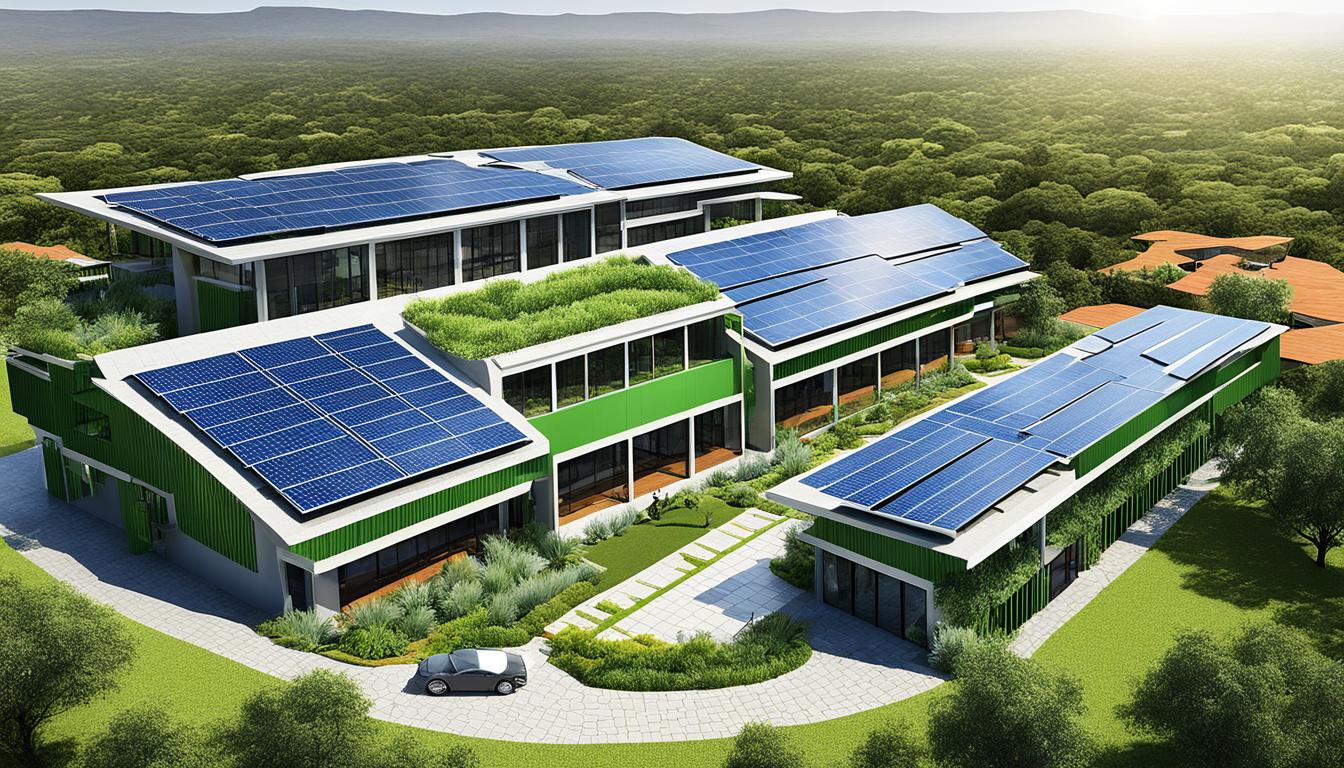Adapting your home to the passive house standard can significantly reduce energy consumption and enhance comfort. This comprehensive guide will walk you through the process of retrofitting your home to meet these standards.
Before we delve into the details, it’s essential to understand what a passive house is. As explained in this article on sustainable passive building design, a passive house is a building standard that prioritizes energy efficiency, comfort, and reduces ecological footprint.
Understanding the Retrofitting Process
Retrofitting involves upgrading an existing building to meet the passive house standard. It includes improving insulation, optimizing natural light, and ensuring airtightness.
Key Elements of a Passive House Retrofit
There are several key components to consider when retrofitting your home to the passive house standard. These include insulation, airtightness, and ventilation. You can learn more about these principles on the Passive House Institute US website.
Benefits of a Passive House Retrofit
Upgrading your home to the passive house standard can yield numerous benefits, including reduced energy costs, improved indoor air quality, and increased property value.
Next Steps
Once you’ve decided to retrofit your home to the passive house standard, it’s time to consider the next steps. This may include hiring a certified passive house consultant, obtaining necessary permits, and planning the retrofit process.
To enhance your home’s energy efficiency further, consider integrating renewable energy solutions. For instance, you can retrofit with solar cam panel or upgrade with retrofit generator.
With careful planning and execution, your home can become a model of energy efficiency and comfort. Start your passive house retrofit journey today!

